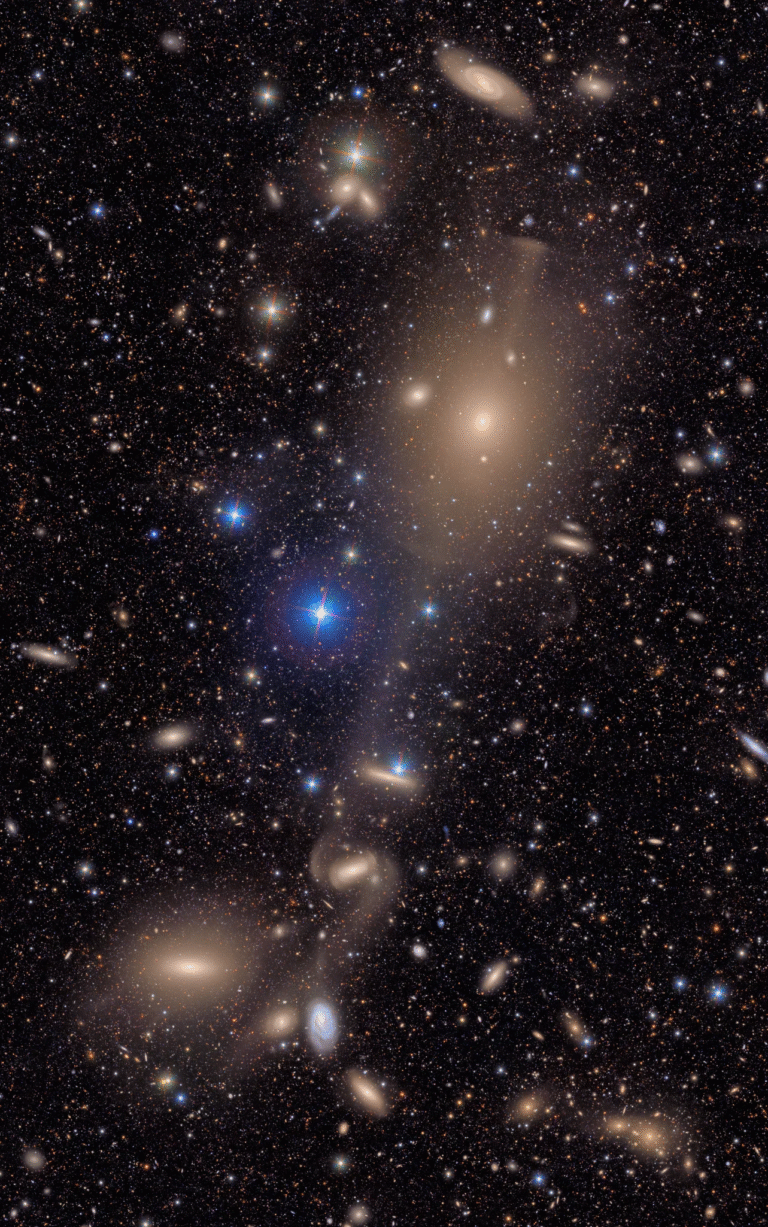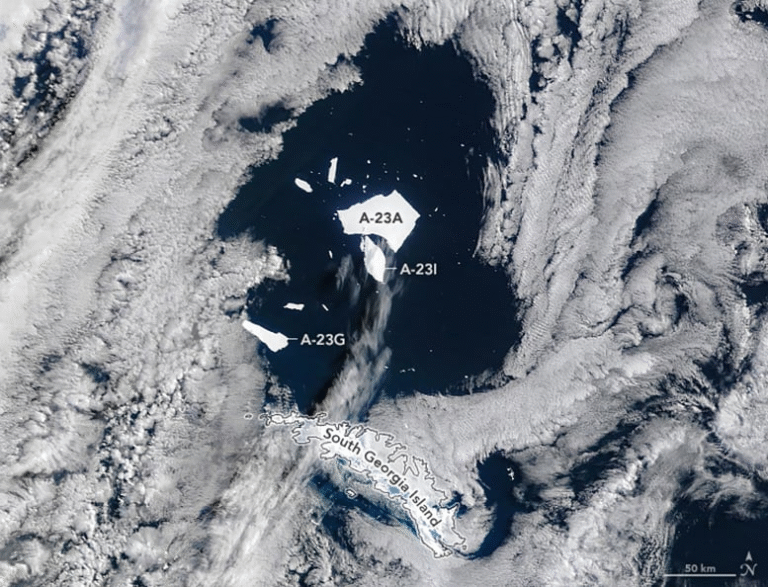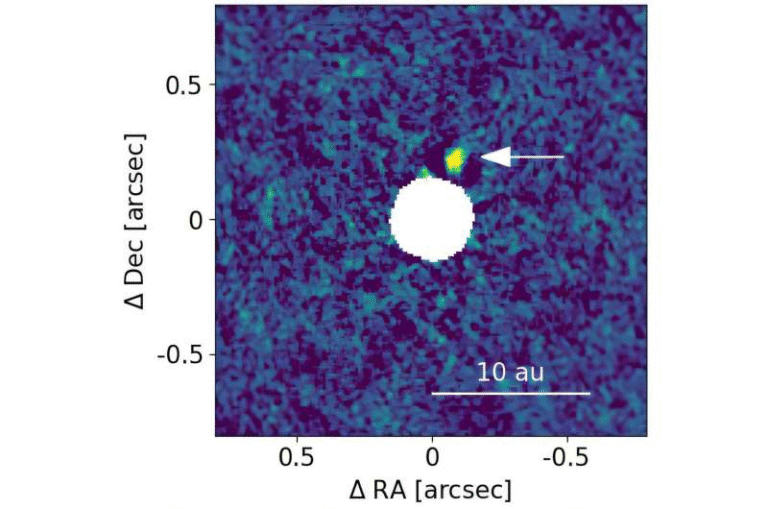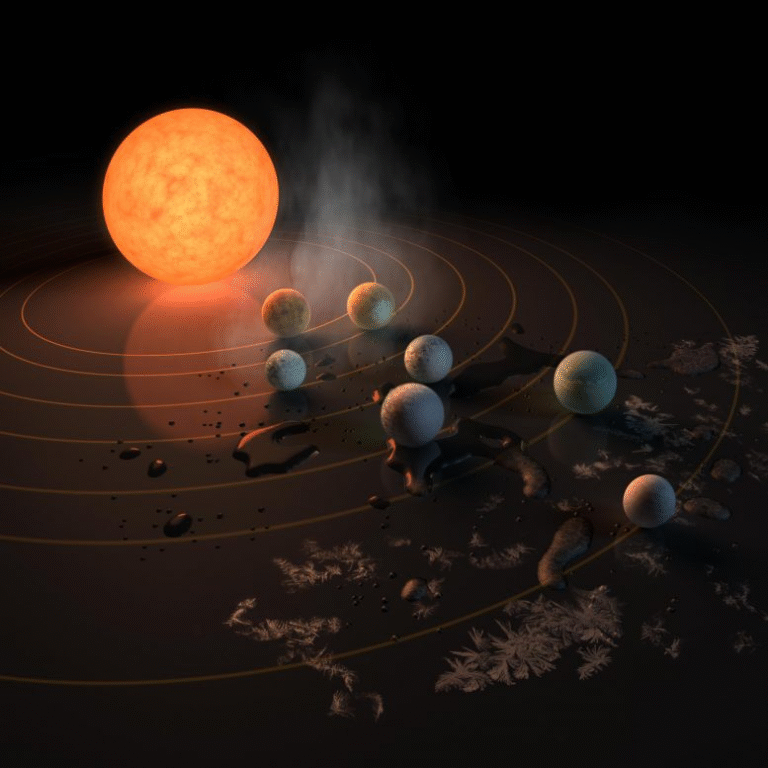Astronomers Measure the Full Recoil of a Black Hole for the First Time
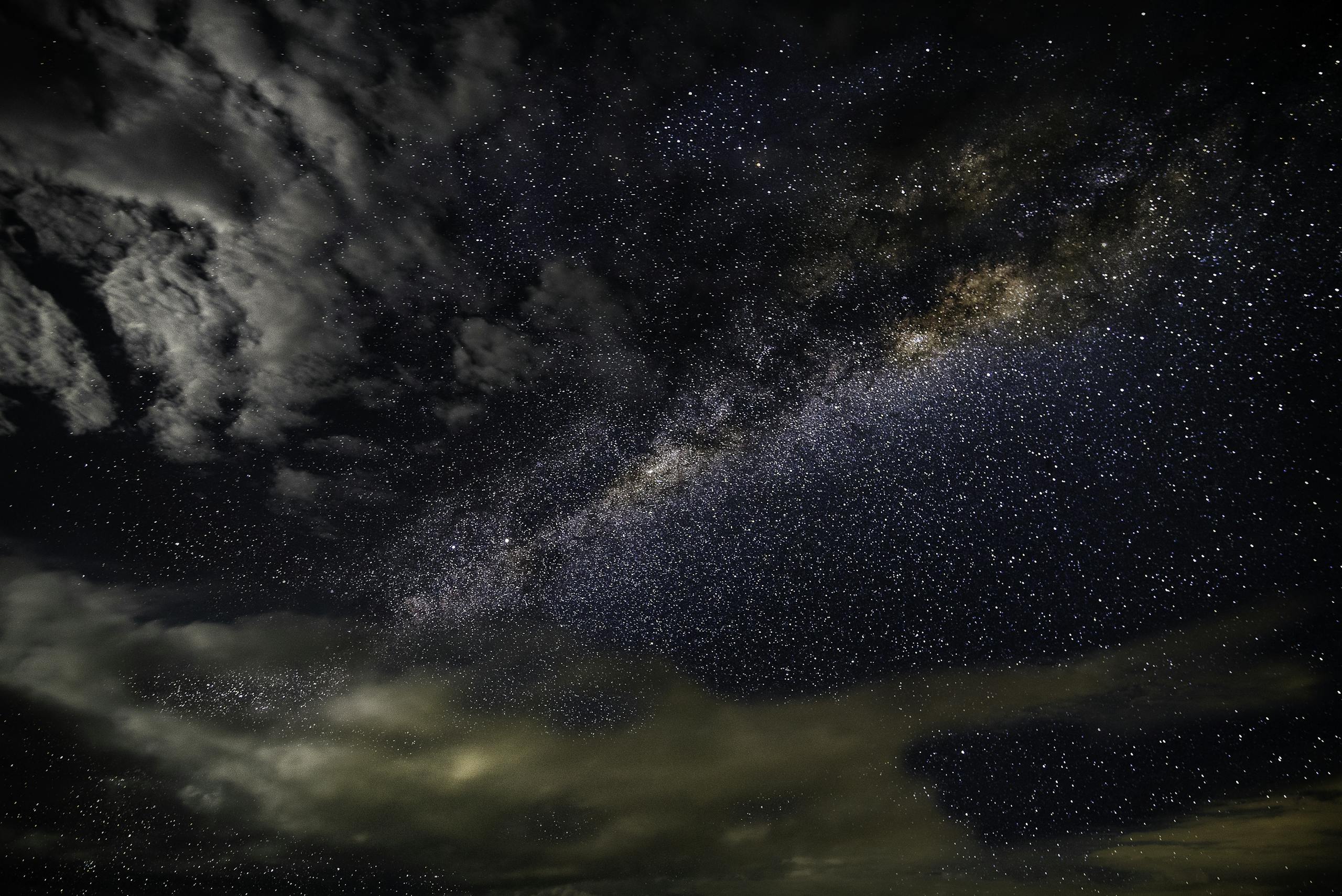
For the very first time, scientists have managed to measure both the speed and the direction of a black hole recoil—the dramatic “kick” that happens when two black holes merge into one. This marks a historic milestone in gravitational-wave astronomy, giving researchers a brand-new way to track some of the most violent events in the universe.
The research team, led by the Instituto Galego de Física de Altas Enerxías (IGFAE) at the University of Santiago de Compostela in Spain, worked with collaborators from Pennsylvania State University and the Chinese University of Hong Kong. Their findings, published in Nature Astronomy, are based on an event known as GW190412, which was detected in 2019 by the LIGO and Virgo gravitational-wave observatories.
What is a Black Hole Recoil?
When two black holes spiral into each other and merge, they release an enormous amount of energy in the form of gravitational waves—ripples in spacetime predicted by Einstein back in 1916.
If the gravitational waves are emitted evenly in all directions, the newly formed black hole just sits there at the merger’s location. But in reality, the emission isn’t perfectly symmetrical. This imbalance pushes the newborn black hole in a specific direction, like a rocket exhaust pushing a spacecraft.
This movement is called a recoil or a kick. Depending on the masses and spins of the original black holes, the kick can be small—or it can reach thousands of kilometers per second. At those higher speeds, the black hole could even be ejected from its host galaxy entirely. Until now, astronomers had only been able to estimate recoil speeds. The new study is the first time the full 3D motion—both speed and direction—has been directly measured from gravitational-wave data.
The Event: GW190412
The breakthrough measurement comes from GW190412, a merger event detected on April 12, 2019, during the third observing run of LIGO and Virgo. What made GW190412 special is that it involved two black holes of unequal masses. One black hole was about 30 times the mass of the Sun, while the other was roughly 8 times the mass of the Sun.
Unequal masses are critical because they create strong asymmetries in the gravitational-wave emission. That, in turn, leads to a significant recoil and makes the higher-order gravitational-wave modes much easier to detect.
The researchers analyzed these higher-order modes—extra components of the gravitational-wave signal that go beyond the dominant ones usually measured. These modes are weaker and harder to capture, but they carry vital information about the geometry of the system and the orientation of the recoil.
The Measurement
Using advanced waveform models and Bayesian parameter estimation, the team reconstructed the 3D recoil velocity of the remnant black hole. Here’s what they found:
- Recoil speed: Greater than 50 kilometers per second (that’s about 31 miles per second).
- Direction relative to orbital angular momentum: The kick direction formed an angle of about 28°, with an uncertainty range of +23°/−11°.
- Direction relative to Earth (line of sight): The angle measured about 37°, with an uncertainty of +15°/−12°.
- Azimuthal orientation in the orbital plane: Roughly 46°, with a large uncertainty range of +32°/−41°.
This means the team could not only say how fast the black hole was kicked but also in which direction. Importantly, a speed of 50 km/s is enough to eject the black hole from a globular cluster, though not fast enough to leave most galaxies.
Why This Matters
Understanding Black Hole Populations
Black hole recoils affect how black holes move around in their environments. For example, if a newly formed black hole is kicked out of a globular cluster, it won’t stick around to merge again. That changes the long-term black hole population we expect to see in dense stellar systems.
Multi-Messenger Astronomy
The direction of the recoil also matters for detecting possible electromagnetic counterparts. If a merger happens in a dense environment like an active galactic nucleus (AGN), the kicked black hole could interact with surrounding gas and produce visible or X-ray flares. Knowing the recoil orientation helps distinguish real gravitational-wave/electromagnetic pairs from random coincidences.
Testing Einstein’s Theory
This result confirms one of General Relativity’s predictions: that asymmetric emission of gravitational waves causes a remnant black hole to recoil. By matching theory with observation, scientists gain more confidence in the accuracy of Einstein’s equations under extreme conditions.
A Century in the Making
Gravitational waves were first predicted by Einstein in 1916, but they weren’t detected until September 2015. That’s when LIGO picked up GW150914, the merger of two black holes each about 30 times the Sun’s mass. Since then, nearly 300 merger events have been recorded.
These detections have allowed scientists to:
- Test General Relativity in new regimes.
- Map out black hole populations across the universe.
- Gain insights into neutron star collisions and supernovae.
The ability to now measure black hole recoil in 3D marks another leap forward in this fast-growing field.
The Role of Higher-Order Modes
Most gravitational-wave detections focus on the dominant quadrupole mode. But higher-order modes become more important when:
- The black holes have very different masses.
- The system is observed from certain viewing angles.
- The signal-to-noise ratio is high enough.
GW190412 ticked all these boxes, making it an ideal candidate. By carefully analyzing these modes, researchers could extract directional information that is otherwise hidden.
Challenges and Uncertainties
While the result is groundbreaking, there are still limitations:
- The speed measurement is a lower bound. The true kick might be higher, but the current data can’t narrow it down further.
- The spin properties of the merging black holes remain uncertain, and spins strongly affect recoil predictions.
- Higher-order modes are faint, so only certain events will allow this kind of measurement.
As gravitational-wave detectors improve, more events with strong higher modes should be detected, making recoil studies much more common.
What’s Next?
Future upgrades to LIGO, Virgo, and the Japanese KAGRA detector, as well as the planned space-based LISA observatory, will boost sensitivity to higher-order modes and more extreme mergers.
This means:
- More accurate recoil measurements.
- Larger samples of events to compare.
- Better tests of black hole population models.
- The potential discovery of black holes escaping from galaxies.
Extra Knowledge: How Fast Is 50 km/s?
Fifty kilometers per second may sound abstract, so let’s put it in context:
- Earth orbits the Sun at about 30 km/s.
- The escape velocity from Earth is about 11 km/s.
- The escape velocity from a globular cluster is typically 30–50 km/s.
- The escape velocity from the Milky Way galaxy is around 500 km/s.
So, a recoil of 50 km/s is strong enough to fling the black hole out of a star cluster but not nearly enough to kick it out of the Milky Way.
Extra Knowledge: Why Unequal Masses Matter
If two black holes are equal in mass, their gravitational waves are emitted more symmetrically. That symmetry minimizes recoil. But when the masses are unequal—like in GW190412—the emission is lopsided, and the remnant black hole gets a much stronger kick.
This makes events with unequal-mass black holes particularly important for studying recoils and testing models of gravitational-wave emission.
Extra Knowledge: Electromagnetic Flares and Recoil
In dense environments like AGNs, a recoiling black hole can plow through surrounding gas. This might create flares of light or X-rays that could be observed alongside gravitational waves. The visibility of such flares depends strongly on the recoil’s direction relative to Earth.
That’s why this measurement is more than a technical milestone—it directly links gravitational-wave astronomy with possible multi-messenger observations in the future.
Wrapping It Up
The first complete measurement of a black hole recoil is a landmark achievement. By extracting speed and direction from GW190412, astronomers have shown that we can now reconstruct the 3D motion of objects billions of light-years away, using nothing but ripples in spacetime.
It’s a remarkable demonstration of how far gravitational-wave astronomy has come in just a decade—and a taste of what’s still to come as detectors grow more sensitive and more events are observed.
Research Reference: A complete measurement of a black-hole recoil through higher-order gravitational-wave modes – Nature Astronomy (2025)
